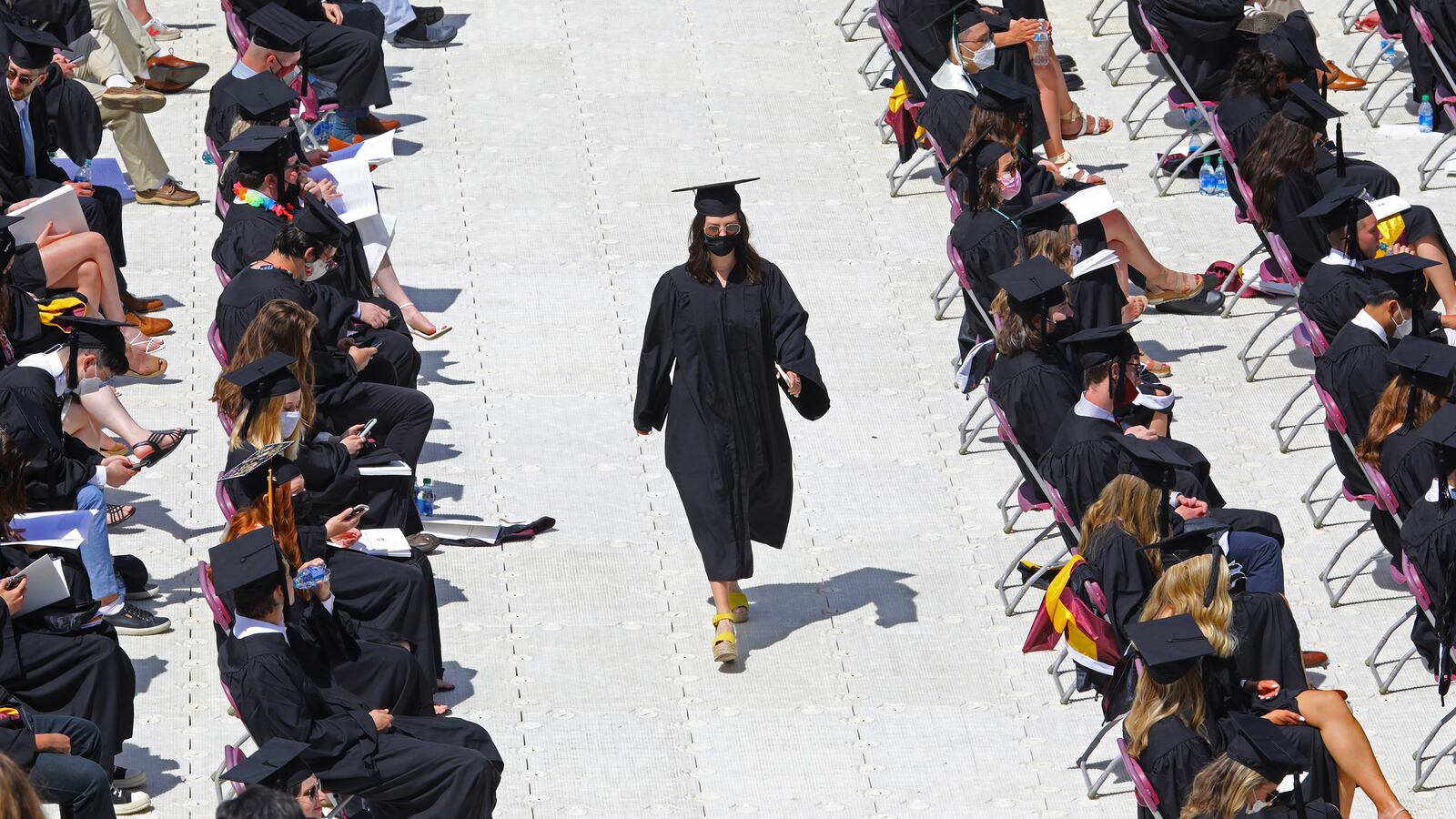As the pandemic is, once again, upending our world, higher education has remained resilient over these 20 difficult months. Universities pivoted quickly in March of 2020, going remote and then developing mitigation strategies to bring students back in person while trying to keep communities safe and ensuring continuity of learning.
After a fall when students on campuses suggested a return to normal, dozens of universities announced last week that they were ending their semesters early and sending students home because of spikes in COVID infections.
Colleges and universities aren’t only classrooms and faculty. They are cities unto themselves and cities within cities, with housing, dining halls, recreational and athletic facilities and parking and auxiliary services and on and on. The ways that colleges have managed to restructure their operations to keep providing essential services and to provide additional support to students–including through support centers, tutoring and mental health counseling—offers a model that other sectors of society can follow.
We know that 2022 won’t be a repeat of 2020. For starters, we now know much more about COVID: How it spreads, that it surges in the cold months, and that it impacts the unvaccinated much more severely. We know about mask fatigue and vaccine hesitancy, but also about vaccines and boosters, the importance of tracking and testing, and new treatments on the horizon. In short, we have tools we could only dream of in 2020. And nowhere was this better demonstrated than on college campuses.
So what did colleges get right?
They invested heavily in testing and, in some cases, also sewage and other surveillance systems to stay ahead of and aware of potential outbreaks.
They developed complex contact tracing systems, and protocols for isolation and quarantines.
They implemented rules for masking and social distancing, measuring out square footage in classrooms and dinning halls, while socially engineering and re-imagining spaces.
They promoted vaccines and boosters for students, faculty and staff, with many achieving 90 percent plus rates of community vaccination.
And they communicated constantly to the many different constituencies that make up a university, and adjusted that messaging in response to feedback.
Where colleges tend to run by committees, compared to the top-down approach of corporations, this proved to be a helpful setup amid the pandemic, and different committees could focus on different aspects of it, with members of those groups then meeting with each other for top-level strategic planning and responses to immediate crises.
But while colleges got a lot right, they also missed some things. Many stepped away from their role as civic institutions, effectively closing their doors to the communities around them to focus on their own survival. As trust in our common institutions—also including the news media, the government, and organized religion, is scraping all-time lows—many colleges, many of them explicitly founded to serve a civic purpose, retreated when they needed to step up. And instead of providing perspective and cultivating civic virtues, too many academics, like the rest of us, were caught up in the political passions of the moment.
If universities can restore their civic voice and lead, they still have a lot to teach us—particularly in this critical moment.





